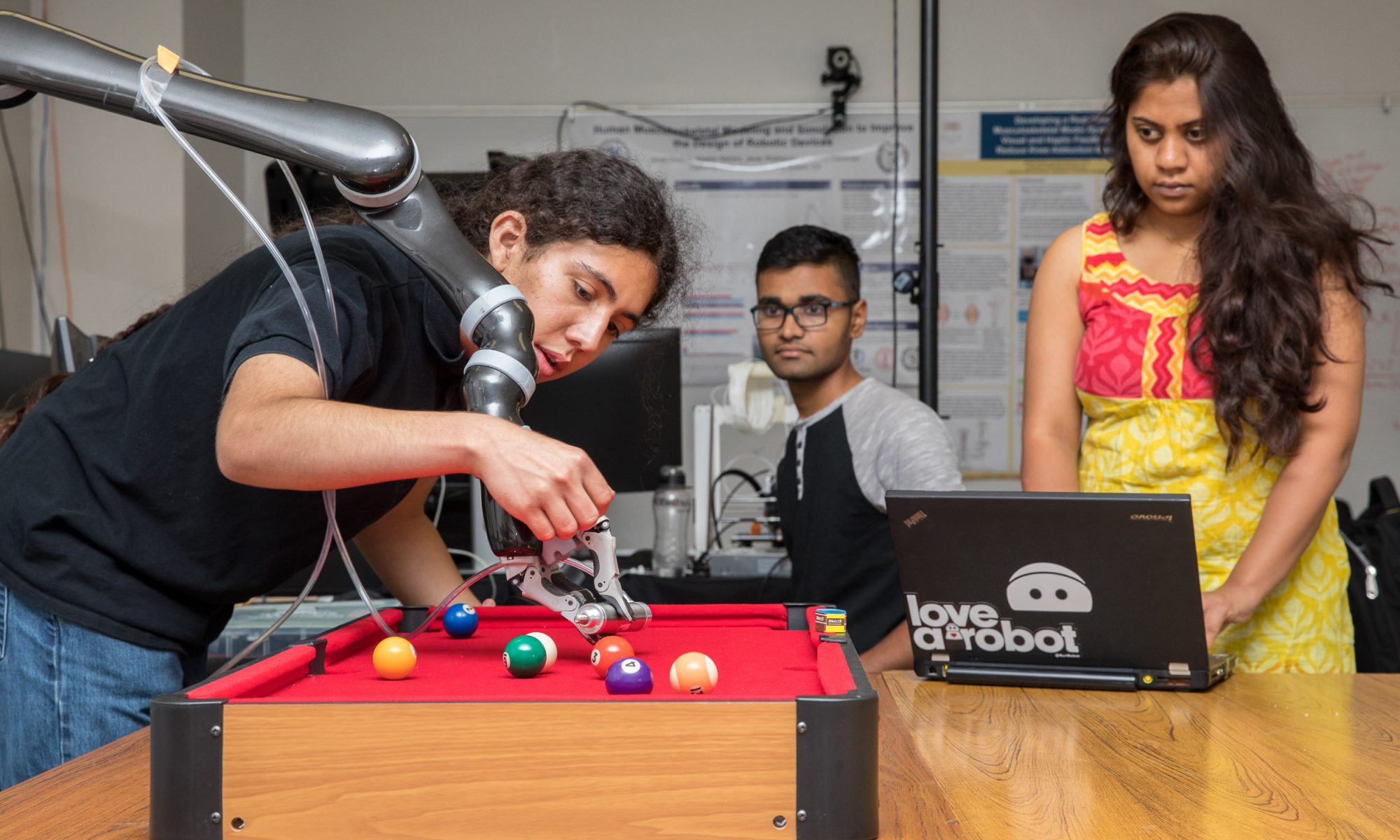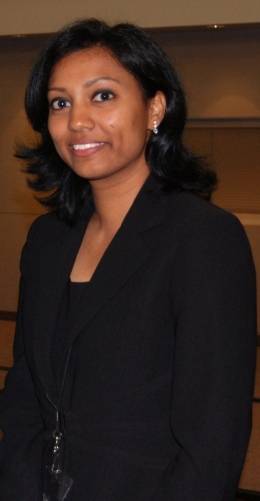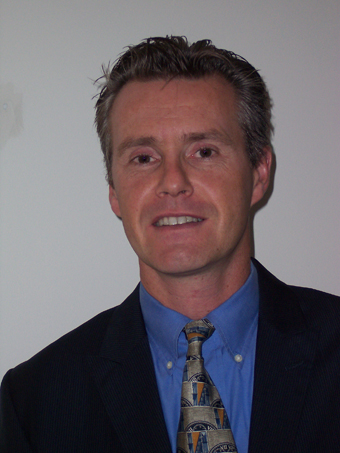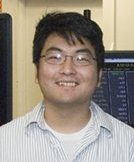The MAE team for ESRA (Experimental Sounding Rocket Association) won a 1st place overall award this year at the 4th IREC (Intercollegiate Rocket Engineering Competition) in Green River, Utah. The competition involved a team of four students who designed, built and flew an experimental sounding rocket designed to carry 10 lbs. of payload to 10,000 feet AGL. The rocket was built entirely from scratch in one of the member’s garage using cardboard mailing tubes, birch plywood and aluminum. We also built our own electronics package with a custom coded deployment sequence that worked flawlessly in controlling drogue, and main parachute deployment using a combination of three accelerometers, and a barometric pressure sensor. Although we were not the only team to design and build our own flight computer, we were the only team with enough guts to use it as our primary flight computer! we used the commercial computer only as a backup! Scoring for this competition was based on how close our apogee was to 10,000 feet, an oral, and written presentation and general knowledge of the rocket systems specific to our rocket.
We flew a payload designed to visualize flow over the nosecone. we had a clear acrylic body section that had four tufts of yarn glued on. A camera mounted in the nosecone viewed the yarn with four mirrors mounted at a 45 degree angle. the results were great! we had very little flow separation below the nose and were able to get a roll rate from the rocket by using the sun as a reference point.
The Results of our efforts: Our calculated burnout velocity of mach 0.77 was confirmed from the data Our unpowered drag estimate for the rocket was far too small, causing our calculated apogee to be much higher than the actual apogee.
The Parachute deployment sequence was flawless, using a new novel deployment device, that to our knowledge has not been tried before in the field of sounding rockets. (the ideas were borrowed heavily from skydiving parachute systems) The team members: Tim Baker – Design and fabrication Takahiro Morikawa – Aerodynamics and fabrication David Murakami – Trajectory analysis, flight software, electronics and fabrication Adam Vore – Design, fabrication and recovery system Advisors: Charely Hoult Dave McCue
You can watch a video of our flight here on youtube.





